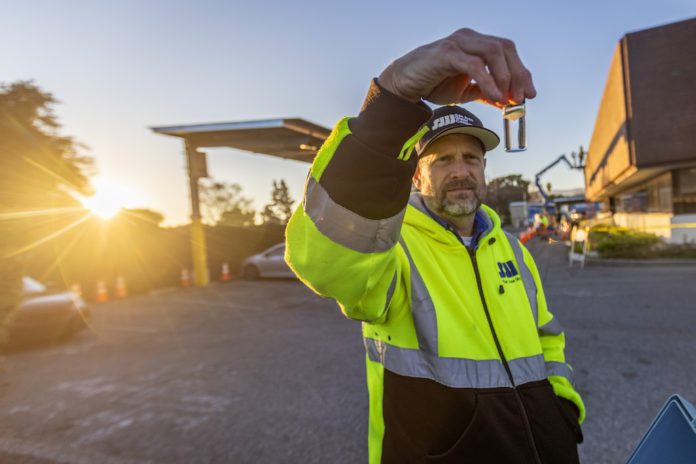
Every family deserves the peace of mind that comes with clean, lead-free drinking water. At San Jose Water, we are committed to developing a comprehensive inventory of service line materials in our system.
Since 2017, we’ve worked alongside industry experts to inspect thousands of lines using a combination of historical records, predictive modeling and field inspections. So, how many lead service lines have we found in the past seven years?
Zero.
Across the country, drinking water providers are working to get the lead out by identifying and removing old lead pipes that connect homes to water mains. The first step in replacing lead service lines is finding them. Most lead service lines in the U.S. were installed during the early 1900s, and for many utilities, records from that era are incomplete.
As part of the Lead and Copper Rule Revisions, the EPA required all water utilities to develop a detailed service line material inventory by Oct. 16, 2024.
This inventory helps utilities allocate resources effectively, plan phased replacement and prioritize public health by focusing on sensitive areas like schools and childcare facilities.
It also builds trust by providing customers with clear information about their service lines and empowering them to take action, if needed.
San Jose Water’s inventory, now viewable on our website, is a cornerstone of these efforts. It identifies water line materials throughout our system, from utility-owned pipes to customer-owned lines, as well as legacy lead goosenecks—small fittings historically used to connect water mains to service lines in pre-1948 installations.

While we’ve never found a lead service line in our system, we’ve occasionally encountered these goosenecks, which are only connected to old cast iron mains. We target high-risk areas for replacements and further testing.
By Dec. 31, 2030, we will have eliminated all legacy lead goosenecks from our system.
But we’re not stopping there. We’ve evaluated over 230,000 drinking water, fire service and irrigation service lines in our system, identifying non-lead materials through inspections and modeling.
Now, we’re taking it further to pinpoint exact materials on the customer-owned portion of service lines, where historical records are less complete. Is it copper? Is it plastic?
Over the next five years, we’ll update and validate our inventory to ensure every detail is accurate by conducting field inspections and verifying materials in meter boxes.
San Jose Water’s hard water naturally contains essential minerals that help protect home plumbing components from corrosion, reducing the risk of lead leaching. In 2025, we’ll be conducting multiple rounds of lead testing in 100 high-risk homes—those most likely to have lead goosenecks or lead solder—to confirm our mineral-rich water continues to safeguard against lead contamination.
In addition, we’ll be launching a school testing initiative to identify any outdated fixtures that may still contain lead.
These proactive measures reflect our commitment to ensuring safe, reliable water for all, with a special focus on protecting the most vulnerable members of our community—our children.
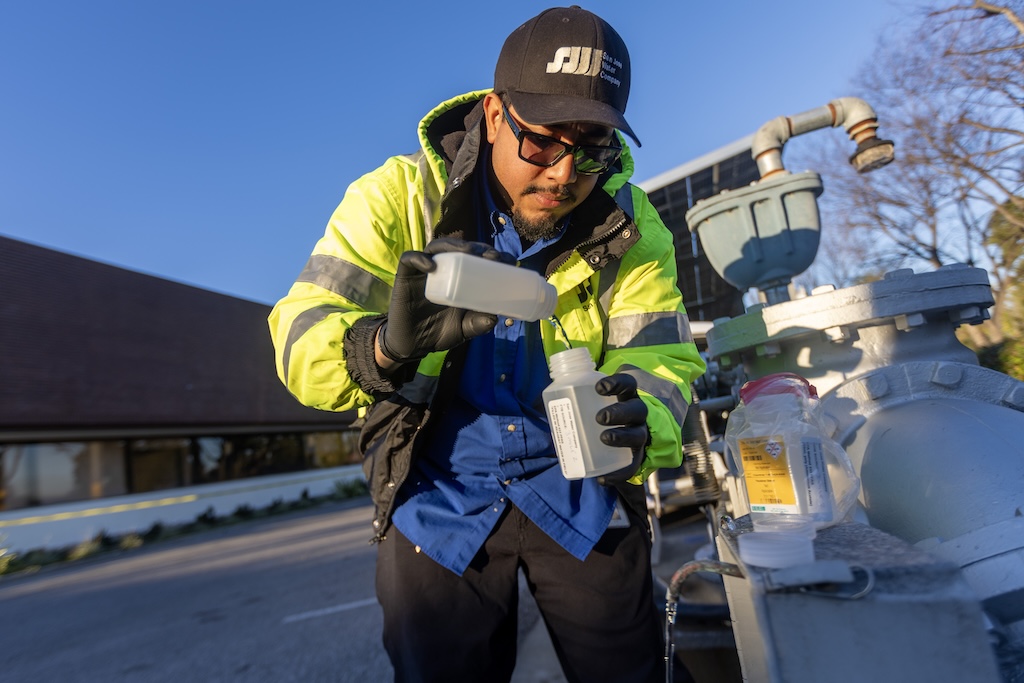
Concerned about lead in your home? Replacing older faucets or fixtures remains a simple yet impactful way to reduce potential lead exposure. Fixtures labeled “lead-free” before 2011 may still contain up to 8% lead.
Upgrading to newer fixtures and consulting resources like the Santa Clara County Health Department are proactive steps to reduce lead exposure and protect your family.
Your trust and participation are vital to our mission. Together, we’re safeguarding the water flowing into your home—today and for generations to come. At San Jose Water, we remain committed to meeting today’s challenges and preparing for a healthier, safer future.


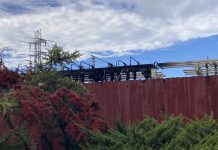
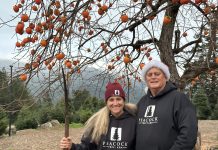
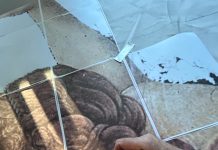

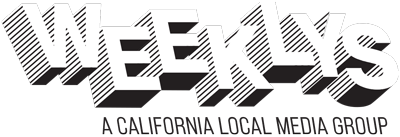



Says the Most profitable Water Company in California. That profit is on the backs of the Rate Payers.